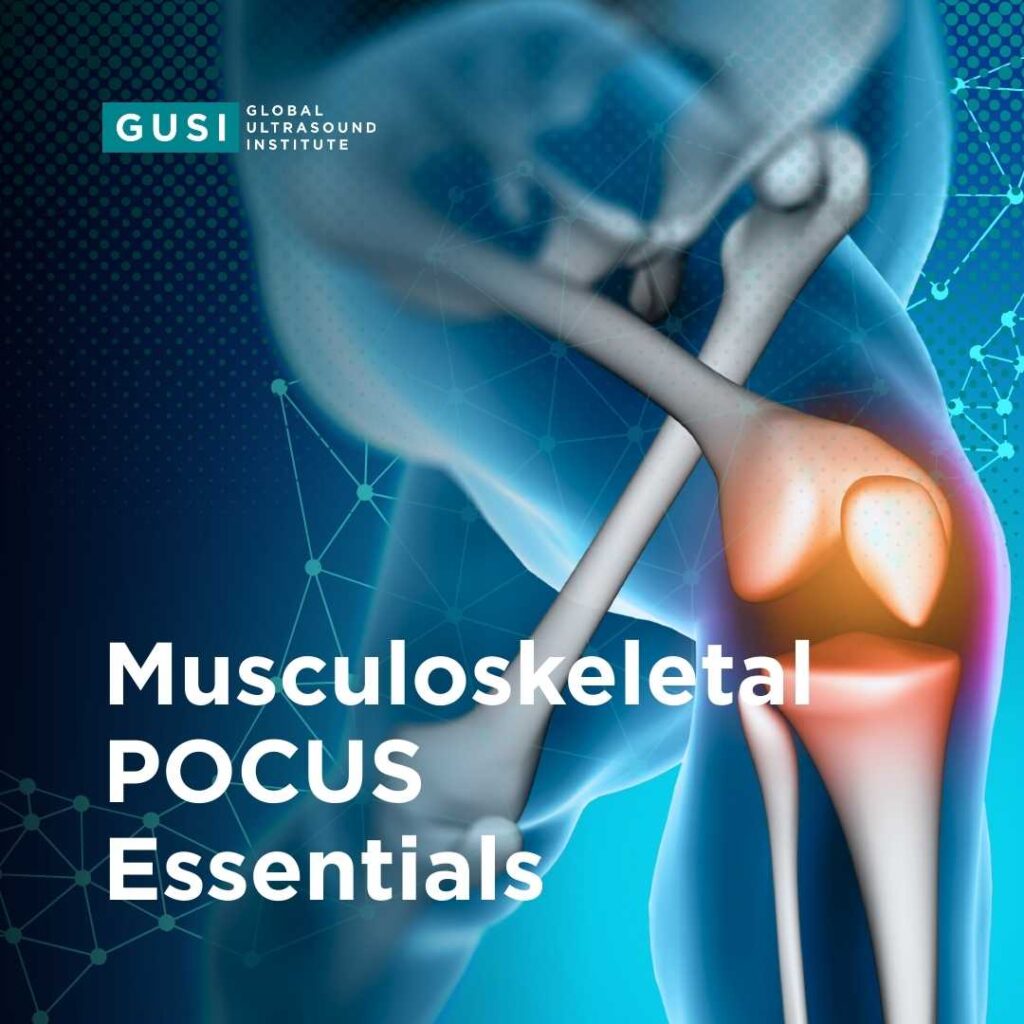Gout tophi are characteristic subcutaneous or intra-articular deposits of monosodium urate crystals, a hallmark of chronic gout. In musculoskeletal (MSK) ultrasound, these tophi appear as hyperechoic, heterogeneous masses, often with associated acoustic shadowing or a “double contour sign” over articular cartilage. Their precise localization and characterization are crucial for diagnosis and monitoring of gout progression, guiding treatment strategies to prevent joint damage and improve patient outcomes.
Ultrasound offers a superior, non-invasive method for detecting and assessing gout tophi compared to physical examination or radiography. Early identification via MSK ultrasound allows for prompt intervention, reducing the risk of irreversible joint destruction. This imaging modality aids in differentiating tophi from other soft tissue masses and tracking their response to urate-lowering therapies, making it an invaluable tool in rheumatology and point-of-care diagnostics.


